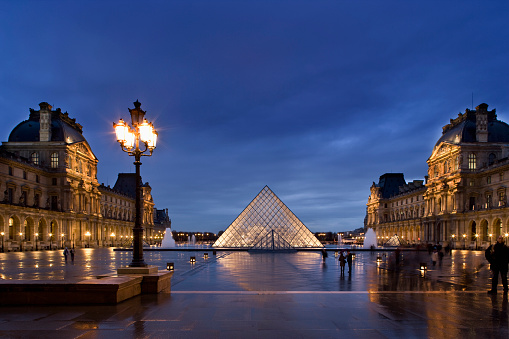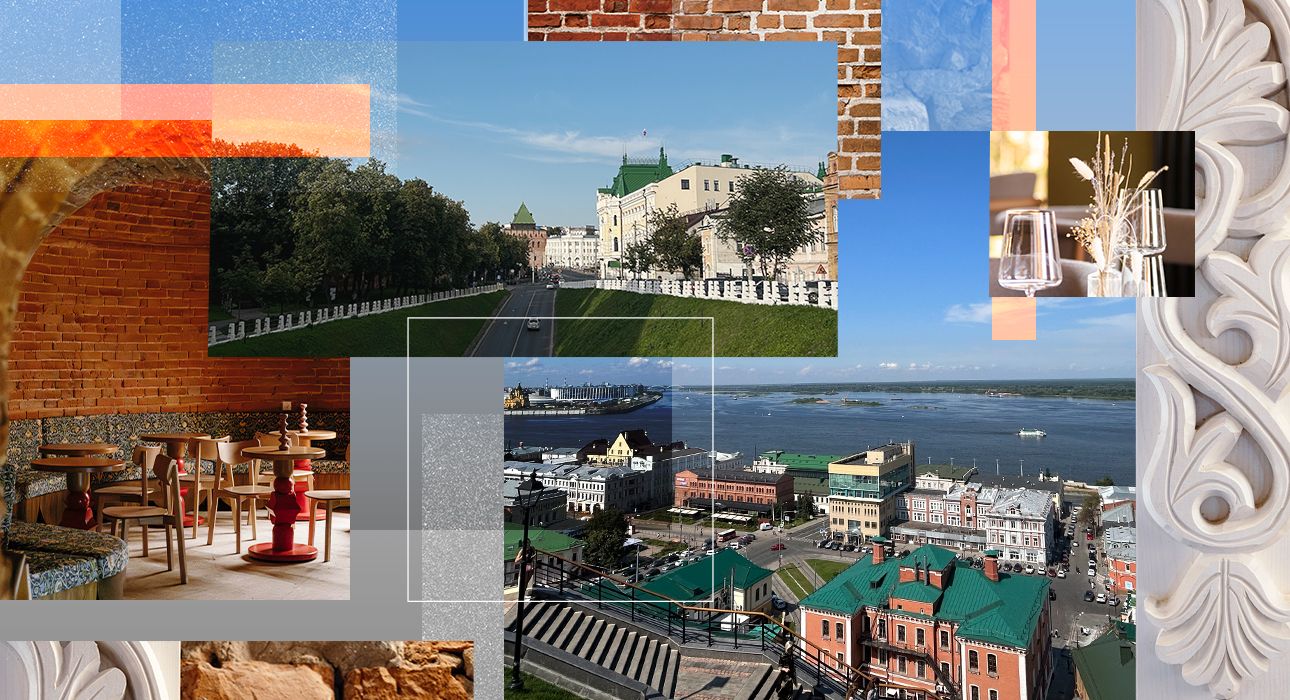After recounting the vicissitudes of a teenager in the 80s in ‘Papa Was Not a Rolling Stone’, French director Sylvie Ohayon dares to embrace social cinema with “Haute Couture”, a feature film that combines a pretentious gaze with fashion and how her power to create beauty through a craft is what enables passions to be aroused and virtue even to those who believed they did not have them. A proposal that demonstrates the director’s ability to tackle projects that seek a balance between authorial and commercial.

The history of “Haute Couture” has been seen in feature films linked to other facets. One example is the recent ‘Tenor’, in which Michèle Laroque played a singing teacher at the Opéra Garnier in Paris and transformed an aspiring rapper into a tenor with innate vocal abilities. However, in relation to the world of fashion, the titles have mainly focused on stylists and models, often forgetting about it It is a much more complex and artisanal job, where seamstresses play a fundamental role, especially in relation to haute couture.
This is where Ohayon puts the emphasis. The director, who signs the screenplay together with Sylvie Verheyde, tells how talent, vocation and profession can be found in every estate. For this he transforms the mentor-pupil story into a story in which the teacher is not as wise as expected from such proposals and the pupil does not have an extraordinary virtue, but is rather a diamond in the rough that can be thrown away. if not polished properly.

That way, Ohayon escapes the classic story of ‘Cinderella’ to create a proposal with a strong social vision, in which the critique of a system that does not promote real development among young people or social integration prevails, it is striking how the children or grandchildren of immigrants do not consider themselves French despite being born and raised in Gallic land and seeing Paris as a reality far from the banlieue. It is true that the director does not delve into criticism in the same way as Thomas Kruithof in ‘Promises in Paris’, Fanny Liatard and Jérémy Trouilh in ‘Gagarine’ or Houda Benyamina in ‘Divinas’. However, This does not prevent us from finding ourselves in front of a committed portrait, in which the protagonist is a young woman whose background is much more complex. and it shows how uprooting is not linked only to immigration.
Nathalie Baye and Lyna Khoudri deliver sublime performances
From there, that it is important to show how virtuosity is something that is cultivated and trained every day, as can be seen from the film, with a protagonist who gradually opens up to the discovery of her profession, to see how work can be a passion. She does it with an ideal scenario, the sewing workshops of the Dior shop at 30 avenue Montaigne, a dream place that shows its details, what happens behind the scenesin the way those clothes are created that transform the wearer into a star.

Its technical section is magnificent, because the scenography takes care of the workshop part, the fabrics, the mannequins, the realization of the garment with great care, transmitting to the public that feeling of being before the creation of art. To this is added the emotion of discovery, as happens to the protagonist. Something that, among other things, would not have been possible if he hadn’t had a mentor who ends up also being a life teacher. In order for the story to come true, It was essential to have two actresses who knew how to take this mentor-student story to another level, something that Nathalie Baye and Lyna Khoudri have achieved.
The former is a veteran and once again squanders experience with a role that appears to be light but this is stripping his different emotional layers to show that work is important, but that it shouldn’t cover all aspects of life. It has as its partner one of the great promises of French cinema. Winner of the best actress award in the Horizontes section for ‘Una cena en Argelia’, Khoudri has shown that he has enormous interpretative strength in ‘Papicha, dreams of freedom’ and, in a certain way, in ‘Haute couture’ he realizes the broken dream of his character in the aforementioned film by Mounia Meddour. Both form an ideal tandem that shows how talent between generations creates virtuous circles.

As a wellness proposal, ‘Haute Couture’ proposes a social drama that comes thanks to its protagonists, as well as to convey a passion for fashion with which it conquers the publicthanks to the fact that Ohayon shows a delicacy for details that make the film show the positive aspects of that balance between the author and the commercial, which is also one of the pillars of the French film industry, the one that exports more titles at the European Championship. A careful and elegant proposal that once again demonstrates the importance of enjoying these stories on the big screen.
Note: 7
The best: Being able to see the hands that make the art of fashion. The interpretations of Nathalie Baye and Lyna Khoudri.
Worse: It would have been appreciated if the characters of Baye and Khoudri had been less obnoxious, it’s hard to empathize with either. On the other hand, it wouldn’t have been bad to see more fashion and more time in workshops and design.
Source: E Cartelera




